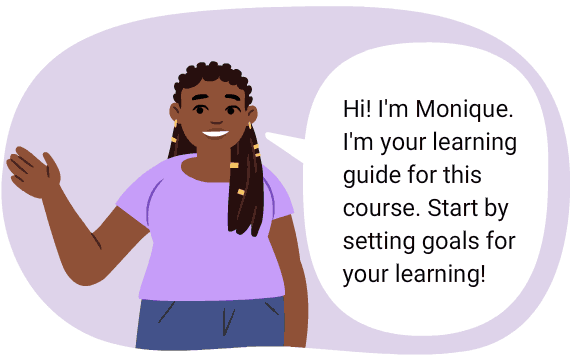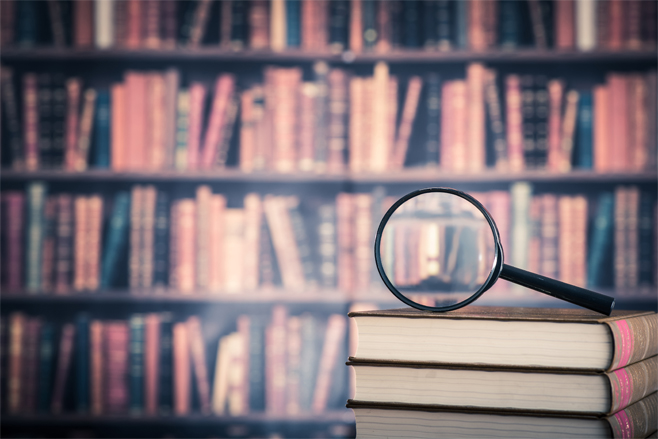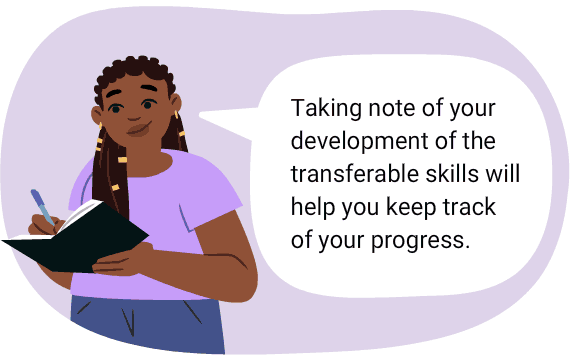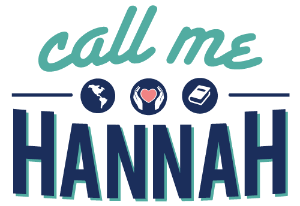AcknowledgementsOpens in a new window
Welcome to Grade 11 English
As you work your way through this course, you will notice that you have a great deal of choice: Choice in some of the stories or informational texts you will read, choice in the video or audio files that you will explore, and choice in how you will demonstrate your learning.
This course will help guide you so that you can develop your reading, writing, speaking, listening, and media skills.
As you proceed through this course, keep the the following central question in mind:
How can you use the power of your words, your voice, and the power of the media to become an agent of change?
At the end of the course, you will demonstrate your learning by becoming an agent of change and creating a "change campaign" for the culminating project.
Think

Think about the following questions:
- What are your goals for this course? How do you plan on achieving these goals?
- What are your strengths and areas for improvement when it comes to reading, writing, speaking, listening, and media tasks?
- What learning skills and work habits do you need to develop in order to ensure your success in this course?
What is an agent of change?
Agents of change are people who observe the world around them, come across a problem, and figure out a way to address it. Their solutions to problems can have a lasting impact and continue to fuel change years later. Explore the following two examples of agents of change by pressing the tabs.
Another example of an agent of change is Autumn Peltier. Autumn is an Anishinaabe (Ojibway and Odawa) water advocate from Wiikwemikoong Unceded Territory on Manitoulin Island and raises awareness about the water crisis in Canada. Many Indigenous communities across Canada do not have access to clean drinking water. From an early age, Autumn Peltier has spoken out about the basic human right to clean water and what actions can be taken to combat the water crisis so that Indigenous communities across Canada can have access to safe drinking water. Peltier has spoken with Canadian government officials and world leaders to campaign for change. She is the Chief Water Commissioner for the Anishinabek Nation and has held the position since 2019.
Discover more
Use the internet to explore your own examples of agents of change. Discover what diverse issues these agents of change are working to address.
What is a change campaign?
A "change campaign" is a response to a real-world problem or concern.
A change campaign is developed through the inquiry process, in which you ask questions, conduct research, and create a solution.
A change campaign is shaped by questions like the following:
- Where do power imbalances exist in society?
- How can respect, equality, and empathy be promoted?
For the culminating project, you will build a “change campaign” for a problem that you want to address. You will apply your learning from the course to create a storyboard for a documentary or a website for your campaign. You will then present your change campaign in an audio-visual presentation.
Examine the questions in the following image. These questions can help you start thinking about how you might want to apply the inquiry process in order to create change in the world around you.
Independent reading
You will be choosing a novel or a play to read independently throughout the course.
Throughout the learning activities in this course, you will be guided through your independent reading.
For your independent reading, you will need to select a text from the following approved reading list.
When making your text selection, consider:
- subject matter that you are interested in
- your available time commitment
- your reading level
- the accessibility of the text (note: you will need to acquire either a print copy from a library/bookstore or a digital copy online yourself)
Now, select a text from the approved reading list that best meets your needs and interests. Note that some of the text choices are in the public domain. This means that they are available for free and they can generally be accessed online.
Once you have made your selection, you must acquire a copy of the text from a library/bookstore or online.
Approved reading list for independent reading
The Catcher in the Rye – J.D Salinger
*The Old Man and the Sea – Ernest Hemingway
Rita Hayworth and Shawshank Redemption – Stephen King
The Body – Stephen King
Night – Elie Wiesel
The Curious Incident of the Dog in the Night-Time – Mark Haddon
Whose Life is it Anyway? – Bryan Clark
Divergent – Veronica Roth
The Hunger Games – Suzanne Collins
The Book Thief – Markus Zusak
Kings, Queens, and In-Betweens – Tanya Boteju
The Vanishing Half – Brit Bennet
Forbidden City – William Bell
Crabbe – William Bell
Stones – William Bell
The Help – Kathryn Stockett
Backward Glass – David Lomax
Son of a Trickster – Eden Robinson (Indigenous)
Death of a Salesman – Arthur Miller
*Of Mice and Men – John Steinbeck
Persepolis – Marjane Satrapi (graphic novel)
Maus – Art Spiegelman (graphic novel)
The Hate U Give – Angie Thomas
Real Life – Brandon Taylor
A Song Below Water – Bethany C. Morrow
*Works in the public domain

Explore the Tips For Independent Reading Study (Opens in new window) and decide which reading strategies you will apply to your reading.
Reading schedule for independent reading
You must follow the following reading schedule:
- One-third of your novel or play by the end of Learning Activity 1.5.
- Two-thirds of your novel or play by the end of Learning Activity 2.5.
- The entire novel or play by the end of Learning Activity 3.4.
Portfolio
Since you have now chosen your text and are aware of the reading schedule, you will need to set up a portfolio where you will keep your notes and tasks related to your independent reading. You can keep a physical notebook or binder as your portfolio or, a digital space like a folder or file on your computer.
For your first portfolio entry, answer the following questions before you begin reading your text:
- What do you already know about this text?
- What does the cover of the text hint at?
- Why did you choose this text?
Connecting to transferable skills

Ontario worked with other provinces in Canada to outline a set of competencies that are required to thrive. Ontario then developed its transferable skills framework as a set of skills for students to develop over time. These competencies are ones that are important to have in order to be successful in today’s world.
Read the following document entitled Transferable Skills Outline (Opens in new window) to explore the framework and the descriptors for each skill. Download, print, or copy the information in the document into your notes - you'll refer to it in each unit.
Press the following tabs to explore the skills.
Note the indicators that you think you will develop in this course. Throughout this course, you should revisit these skills to reflect on which ones you develop and if your original predictions were correct.
As you continue through this unit and the rest of the course, keep your notebook updated and be mindful of opportunities to apply and develop transferable skills.



